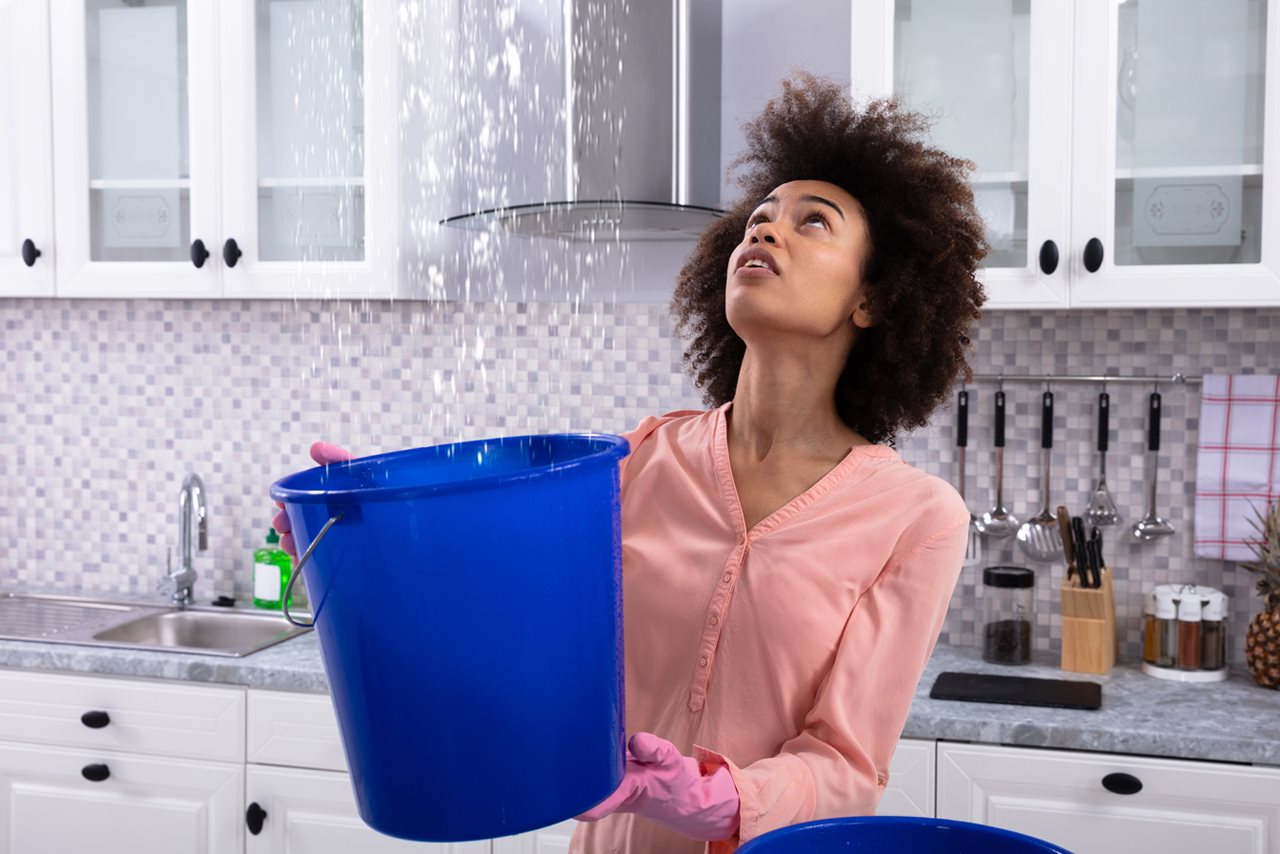
(BPT) – There’s nothing quite like owning a home. There’s the pride of achieving a financial goal. There’s the comfort of having a sanctuary and space of your own in which to build a lifetime of memories.
Occasionally, as many homeowners can attest to, there’s also the element of surprise when things suddenly break, such as appliances, the furnace or water heater, and need to be fixed or replaced. Water damage is the most common and unwanted surprise for homeowners. According to Mercury Insurance, water related damages accounted for more than 45% of its homeowners insurance claims in 2020, resulting in $160 million in property damage.
1. The Bathroom:
Periodically check the pipes underneath the bathroom sink for cracks or leaks. A leaky pipe can be a sign of a larger issue that might eventually cause your pipes to burst, like high water pressure or corrosion. Regardless of the cause, consult with a professional to have them assess and fix it.
The seal created by the caulk around your sink, tub and shower helps prevent water from seeping into spaces where it doesn’t belong, but it won’t last forever. Ensure the caulk isn’t worn or cracked, and apply a new layer if needed.
If water leaks from the base of your toilet, or it wobbles when you sit, it’s time to replace the wax ring. Wax rings help form a watertight seal between the bottom of a toilet and the sewer pipe. The ring usually lasts the life of the toilet, but it’s possible for it to dry out and fail so pay attention to malfunction signs.
2. The Kitchen:
Just like in the bathroom, the pipes beneath the kitchen sink need to be checked regularly for leaks and cracks.
Kitchen appliances with hoses that connect to your water supply – refrigerators with ice makers or water dispensers, and dishwashers – are another potential source for leaks. Rubber hoses can wear out, blister or crack, and will need to be replaced over time. Consider replacing this type of hose with a steel-braided version as these are less likely to fail.
Your washing machine probably isn’t in your kitchen, but be sure to inspect its hose as well. The hose connection can loosen during wash cycle vibrations, so check to ensure it’s tight.
3. The home’s exterior and roof:
Be sure to keep rain gutters and downspouts free of debris to prevent clogs, and position downspouts to direct water away from the house.
Holes, cracks and gaps can be entry points for unwelcome water, which can cause rot or structural damage. Walk the perimeter of your home to look for imperfections in its facade. Inspect the condition of the weather stripping on your windows and doors to ensure they are properly sealed to keep out the elements. Also, look for damaged, missing or loose roof shingles, which can be seen from proper vantage points on the ground.
If you note any damage to your home’s exterior walls or your roof, consult with a professional to determine next steps to fix the spots where water can potentially enter your home.
Please click here to contact a Pacific Property Loans’ Loan Officer or Pacific Home Brokers’ Agent to learn more.
